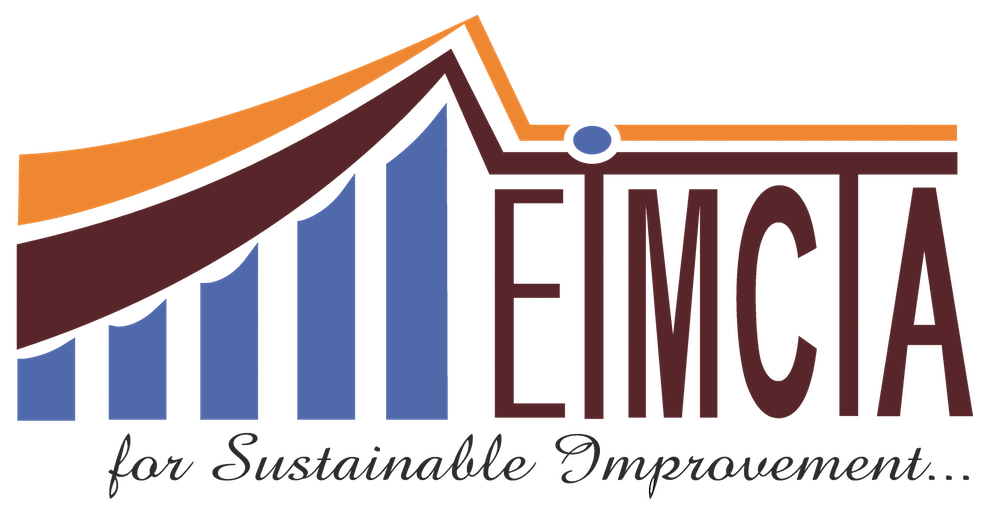Monitoring, reviewing, and sustaining risk controls are critical aspects of an effective risk management process. Here are some important points to consider in each of these phases:
Monitor:
Real-Time Monitoring Systems: Implement real-time monitoring systems to promptly detect and respond to changes in the risk environment. This ensures that risks are identified and addressed in a timely manner.
Key Performance Indicators (KPIs): Establish KPIs that align with the effectiveness of risk controls. Regularly track and analyze these indicators to measure the performance of risk mitigation measures.
Incident Reporting: Encourage a culture of incident reporting where employees feel comfortable reporting potential issues or weaknesses in the risk controls. This facilitates early intervention and continuous improvement.
Technology and Automation: Leverage technology and automation tools to enhance the efficiency and accuracy of monitoring processes, especially in areas where real-time data is crucial.
Feedback Loops: Establish feedback loops between monitoring systems and risk assessment processes to ensure that any new information or insights are incorporated into risk control strategies.
Review:
Regular Risk Assessments: Conduct regular risk assessments to identify new risks, reassess the severity of existing risks, and evaluate the effectiveness of current risk controls.
Scenario Analysis: Use scenario analysis to simulate potential adverse events and assess how well existing risk controls would respond to different scenarios. This helps in identifying gaps and areas for improvement.
Lessons Learned: Analyze incidents or near misses to extract lessons learned. Identify the root causes and evaluate whether the implemented risk controls were effective or need adjustment.
Regulatory Compliance: Ensure that risk controls remain in compliance with relevant regulations and industry standards. Regularly review and update controls to address any changes in the regulatory landscape.
Management Reporting: Provide regular reports to senior management and relevant stakeholders summarizing the performance of risk controls, highlighting successes, challenges, and areas for improvement.
Sustain:
Training and Awareness: Conduct ongoing training and awareness programs to ensure that employees understand the importance of risk controls and are equipped to adhere to established procedures.
Continuous Improvement: Foster a culture of continuous improvement, encouraging teams to identify opportunities for enhancing existing risk controls and proposing innovative solutions.
Documentation: Maintain up-to-date documentation of all risk controls, including procedures, responsibilities, and escalation processes. This documentation serves as a reference point for employees and auditors.
Communication: Communicate changes in risk controls or risk management strategies effectively across the organization. Ensure that employees are aware of updates and any new expectations.
Benchmarking: Benchmark risk controls against industry best practices and peer organizations to identify areas for improvement and innovation.
